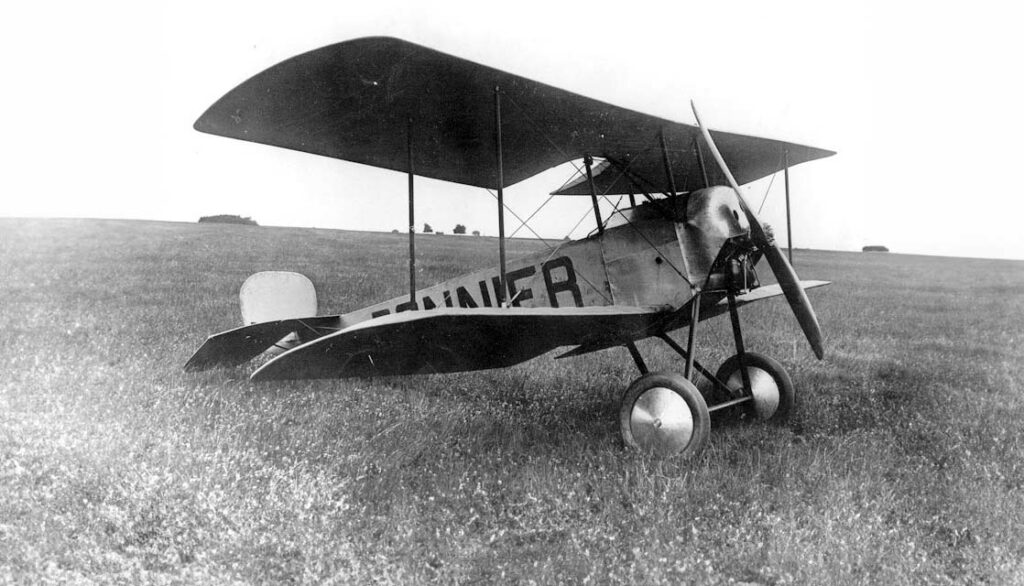Explore the evolution, design, performance, and historical significance of the Ponnier L.1, a notable French racing aircraft from the early 20th century.
The Ponnier L.1 stands as a representation of the French prowess in early aviation, particularly in the domain of racing. This article delves into its development, design intricacies, and performance parameters, as well as its military involvement. As aviation started to grip the global imagination in the early 20th century, France emerged as one of the forerunners in the domain. Within this backdrop, racing aircraft became symbols of aeronautical achievement. The Ponnier L.1 was one such icon, representing the zenith of French aviation prowess during its era.
History of the Development of the Ponnier L.1
Situated in a period when aviation was still in its nascent stages, the early 20th century was a time of rapid development and experimentation. Countries vied for aerial dominance, not just militarily but also in realms of speed, agility, and design. Racing competitions were not just sports but a testament to a nation’s technological advancement.
Recognizing the importance of these competitions, French aviation engineer Alfred Ponnier set out to develop an aircraft that would uphold France’s honor in the skies. Thus, the Ponnier L.1 was conceived. First taking to the skies in 1913, it was specifically crafted with racing in mind.
Design of the Ponnier L.1
The L.1 was a monoplane, showcasing a sleek and streamlined design optimized for racing. Spanning a length of about 6.8 meters (approximately 22.3 feet) and a wingspan of roughly 8.2 meters (around 26.9 feet), its design was compact, which was crucial for its racing pedigree.
Constructed primarily using wood and fabric, the L.1’s design was lightweight yet sturdy. Its fuselage was slender, ensuring minimal drag, and the wings were positioned high, providing the pilot with an unobstructed view – crucial for racing scenarios.
However, the focus on speed and agility did mean certain sacrifices. The cockpit was minimalistic, often exposing pilots to the elements, and there was little room for error in piloting such a finely-tuned machine.

Performance of the Ponnier L.1
Equipped with a Gnome rotary engine that churned out roughly 80 hp, the L.1 boasted a top speed of about 165 km/h (approximately 102 mph). Its operational ceiling rested at around 4,500 meters (about 14,763 feet), and its range hovered close to 300 kilometers (around 186 miles).
In the realm of racing, the L.1 was competitive, but it faced stiff competition from other specially designed racing aircraft. Its performance was commendable, but it wasn’t unequivocally dominant.
Military Use and Combat of the Ponnier L.1
Though primarily designed as a racer, the onset of World War I saw many aircraft being drafted for military purposes. The L.1, given its speed, found a role in reconnaissance. However, its design, optimized for racing, wasn’t ideal for combat scenarios. It lacked the necessary armaments and ruggedness that combat demanded.
While it did serve briefly, it wasn’t extensively used or sold to other countries for military purposes. As the war progressed, specialized military aircraft, better suited for the rigors of combat, overshadowed the L.1. Post-war, it returned to its original role as a racing aircraft before eventually being eclipsed by newer, more advanced models.
The Ponnier L.1, though a product of its time, stands as a testament to the ambition and innovation of early 20th-century aviation. While it may not have left an indelible mark on the annals of military history, its role in racing and the evolution of aircraft design cannot be understated.
Back to the experimental aircraft section.